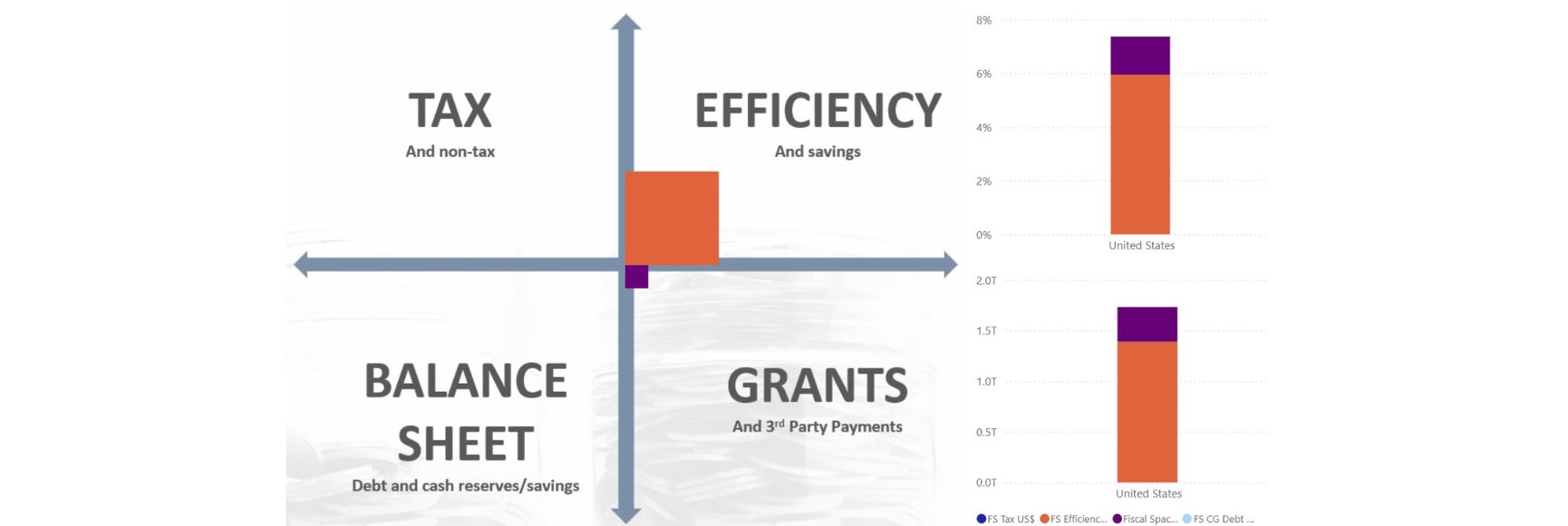Posted by Franck Bessette[1]
The 2015 Constitution defines Nepal as a federal democratic republic organized around three levels of government – federal, state and local[2]. The functions and powers of local governments will be substantially increased under this new framework. Roles will also be rebalanced. For example, district governments played a central part in the former system of local administration, but will now assume a largely coordinating role. A substantial reengineering of the public financial management system at local level will be required. The Constitution, however, is silent on many important fiscal issues, bare bones that will need to be fleshed out before the new system of intergovernmental finance can be effectively implemented.
Strengthening coordination
To enable local governments to fulfill their expanded mandates, the central government will need to substantially increase its transfers to the lower levels. For these transfers to be productive, equitable and transparent, local governments will need to provide the ministry of finance with reliable and timely information about their funding needs, and their performance in collecting revenue and implementing the budget. By the same token, the finance ministry will need to provide local governments with accurate information on the amounts to be transferred from the central budget in plenty of time for the local governments to prepare their budgets.
The fact that local governments are primarily funded through central government transfers may limit their capacity to take decisions and manage themselves in an autonomous fashion. The new Constitution will require substantial changes in the procedures for prioritizing and allocating grants to local governments. Strengthened arrangements for coordination and negotiation among representatives of central and local government will also be required. And the government will need to establish a new system of ex-post audits and controls on spending to replace the existing system of ex-ante controls. Relevant procedures and rules in all these areas have yet to be written into the Nepali legal framework.
Treasury management
In theory, state and local governments have the option to create their own Treasury functions and offices, but this could be a costly and inefficient solution. For the time being, the central government network of Treasury offices (DTCO) will be expected to manage revenue collection and expenditure locally. The Nepali Treasury system was developed over many decades. Its level of professionalism is high, as is its control over public finances. Rather than develop parallel systems, a cost-efficient solution could be to optimize the use of the government’s existing network of offices and IT systems to support revenue and expenditure management at state and local levels.
Federal, state and local governments will operate expenditures and revenues through their respective consolidated funds. The Constitution does not specify whether the many hundreds of such funds which have been established would be connected with the federal consolidated fund, and function as a single system. This latter approach, which is used in many countries, would allow for the efficient management of cash without hindering the independence of local budget processes and the accountability of local executives. Authorization to spend against the approved budget would still remain with the local executive while optimizing cash management at the central level.
Internal Control, Financial Reporting and Audit
The Constitution is largely silent on the control, financial reporting, and accountability mechanisms that would operate at local level. The government appears to assume that specific laws will be prepared to fill this vacuum. Unfortunately, international experience of decentralization tells us that the risk of mismanagement of funds and corruption is increased unless adequate checks and balances, and accountability mechanisms are put in place. This legal lacuna should be a serious concern for Nepali decision makers and parliamentarians, and be given priority in the drafting of new laws and regulations to implement the Constitution.
The Constitution substantially increases the powers of the Auditor General’s Office to audit the financial statements of the states and local governments. This expanded mandate will require a significant capacity building effort by the Auditor General, as well as a reorganization of his functions. His Office seems willing to open several branches across the country to support the audit of local governments, assuming that sufficient resources are provided through the budget. An expansion in the role of the Auditor General will be crucial to filling the accountability gap at local level, and mitigating the fiscal risks usually associated with federalism and decentralization.
Remaining challenges
A major effort will be required to increase the capacity of government ministries and agencies to implement the changes required by the new Constitution. For example, the role of the ministry responsible for federal affairs and local government will need to switch its focus from managing local governments to acting as their advisor. Similarly, the finance ministry will need to strengthen its capacity to design and manage a viable and sustainable intergovernmental fiscal transfer system supported by relevant financial reporting mechanisms. Both ministries will need to arm themselves with new approaches, behaviors, and skills, in order to execute their substantially changed mandates.
Much work also needs to be done to prepare a strategy for the development of financial management functions at the sub-national level that is cost efficient, and builds to the extent possible on existing systems. The Constitution lacks clarity on the revenue and expenditure assignments that would be assigned to state and local governments. And the authorities will need to work with development partners to help build capacity at the central, state, and local level. Filling the gaps in these areas will require strong leadership from the finance ministry.
[1] Program Manager, World Bank. These remarks express the views of the author and not necessarily those of the World Bank.
[2] These sub-national divisions comprise 7 states (federal provinces), 77 districts and 217 municipalities.
Note: The posts on the IMF PFM Blog should not be reported as representing the views of the IMF. The views expressed are those of the authors and do not necessarily represent those of the IMF or IMF policy.






